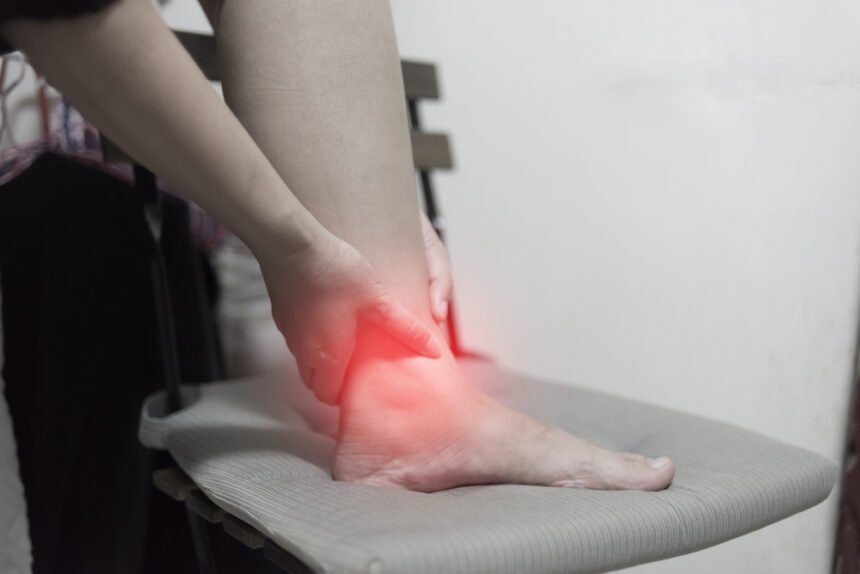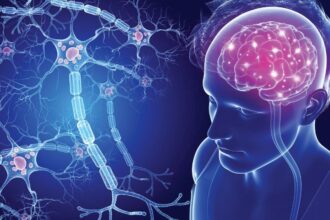Leg pain might not get talked about as much as back pain, but it can certainly cause just as much havoc on a person?s lifestyle and income, and is experienced by many thousands of people around the country each year. If you?re struggling with acute or chronic pain in your lower limbs that isn?t from simply spending longer than usual exercising, it?s important to understand what some of the most common causes might be so that you can address them. Read on for the lowdown today.
Problems with Blood Vessels
Blood vessel issues such as deep vein thrombosis or peripheral arterial disease (PAD) are two factors which can cause leg pain. Deep vein thrombosis, or DVT as it is often called, happens when you get a blood clot in a deep vein. It typically occurs after an extended period of inactivity, such as when you have been bedridden with illness or stuck on a plane or in a car for a long trip without breaks to move about. DVT can cause major leg pain because it can make it tough for the limb to return blood back to your heart, and a clot can develop within the vein if the movement of the blood slows or stops. Be aware that if part of the clot breaks off and travels to your lungs, it can lead to a pulmonary embolism. This refers to blockage of blood flow to the lungs, and can be very serious and even fatal. Signs to look out for include one leg (because it generally only happens in a single limb at once) swelling up and turning a bluish color. As well, you?ll typically find that the pain builds up gradually over a few hours. Peripheral arterial disease, on the other hand, tends to cause pain when people are exercising or otherwise moving about. With PAD, the arteries that deliver blood to your limbs narrow, so when you?re active and your muscles need more blood, the decreased blood supply to your legs from this narrowing triggers pain (called intermittent claudication). While the pain typically goes away once you stop moving, it is important to get checked out. The arterial disease tends to be caused by the buildup of fatty deposits or plague, and can be a warning sign of other potential health problems. People who smoke, have high blood pressure or cholesterol levels and/or are obese are more likely to develop PAD.
Sciatica and Other Back-Related Issues
While you might not realize it, often leg pain occurs because of issues happening higher up in your body, in your back. For example, if you have spinal stenosis, whereby the spinal canal narrows gradually over time and puts pressures on the nerves, this can cause high levels of pain all the way down into your legs. Spinal stenosis can be brought on by conditions such as scoliosis or arthritis, or even a spinal injury. It is most common in people 50 years of age and over. Spinal stenosis, and other back problems (including muscle spasms and general injuries), can also cause sciatica. This is the name for a very painful condition in which the sciatic nerve is inflamed, and pain radiates from the lower back down to the leg and even to your feet and toes. It usually occurs on one side of the body, and can be tough to diagnose. It can build up gradually over time to the point where the pain becomes acute, or it can also suddenly come on. While sciatica can go away on its own sometimes, it is best to book an appointment with your doctor and/or seek pinched nerve treatment to help diagnose and treat the condition. If you find you end up with leg pain that?s also accompanied by loss of bladder or bowel control, and/or numbness, it is important to head to the hospital straight away. This is because you could potentially have a rare disorder known as cauda equina syndrome (CES), a condition that puts extreme pressure on the nerves at the end of the spinal cord and which can cause them to swell. Without seeking treatment quickly (surgical intervention is usually required), sufferers can develop problems such as difficulty walking, impaired bladder and/or bowel control, permanent paralysis, and other neurological and physical effects.
Arthritis
Arthritis is a joint disease, so many people assume that pain related to the condition will only be felt in the joints. However, this is not always the case. In fact, when joints are under stress from arthritis and pain develops, the muscles around those joints can work hard to try to protect them. This can lead these muscles to go into spasms, and for secondary muscle pain to develop. If you know you have osteoarthritis (the most common form of arthritis, where the cartilage in your joints breaks down), or rheumatoid arthritis (an autoimmune disease that leaves the lining of the joints attacked) in your knees, ankles or feet, any pain you feel in your legs could be to blame. You might want to chat to your practitioner about pain and inflammation-relieving medications to help you cope as a result.







